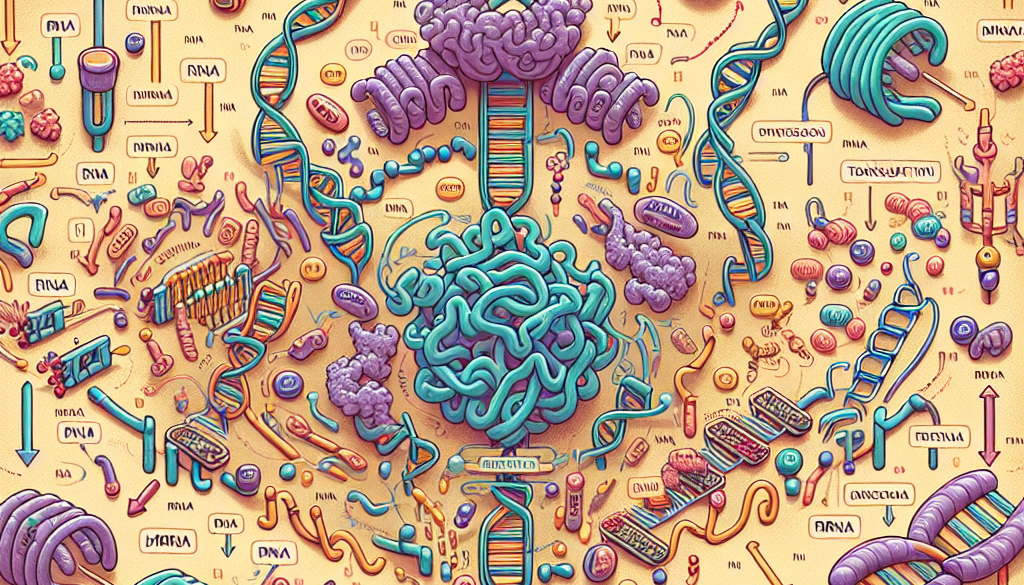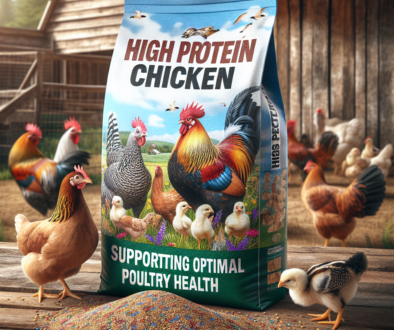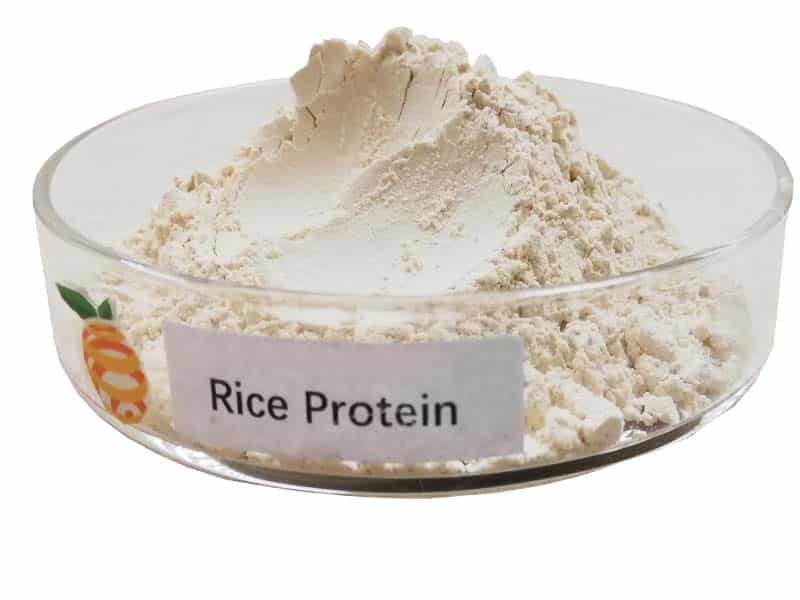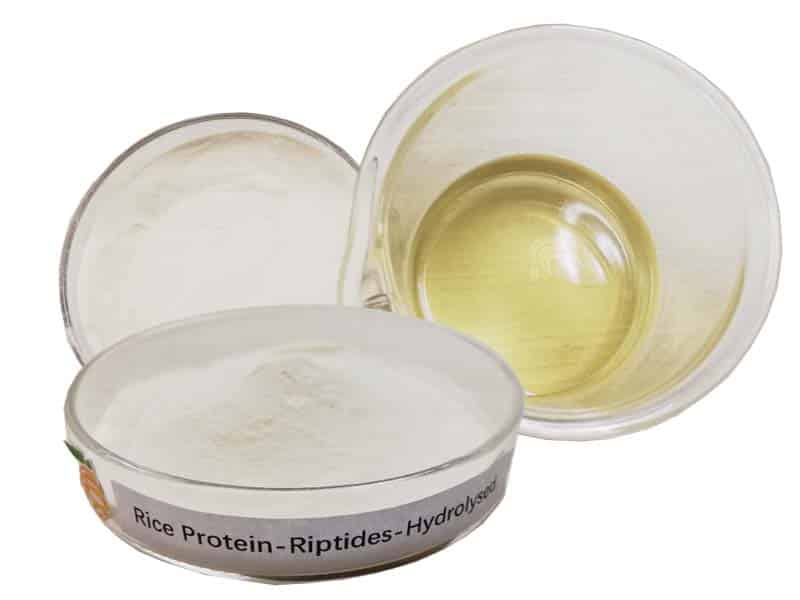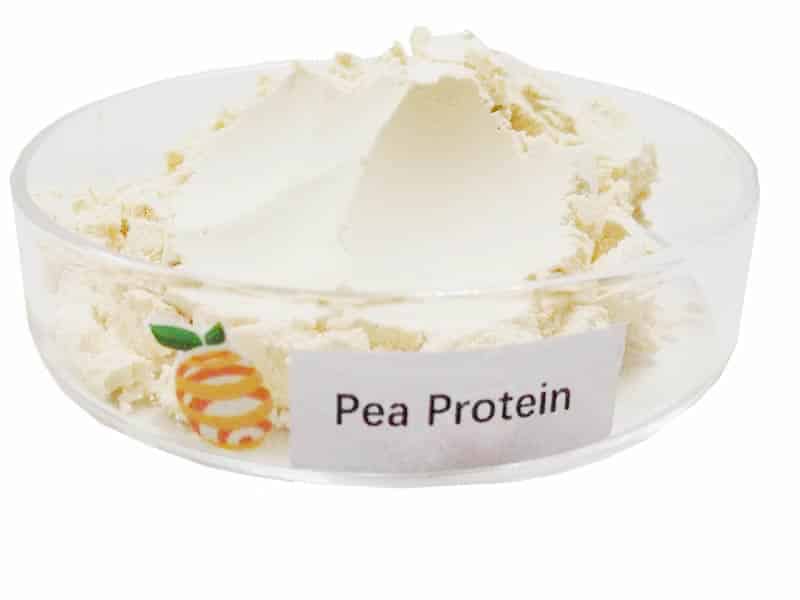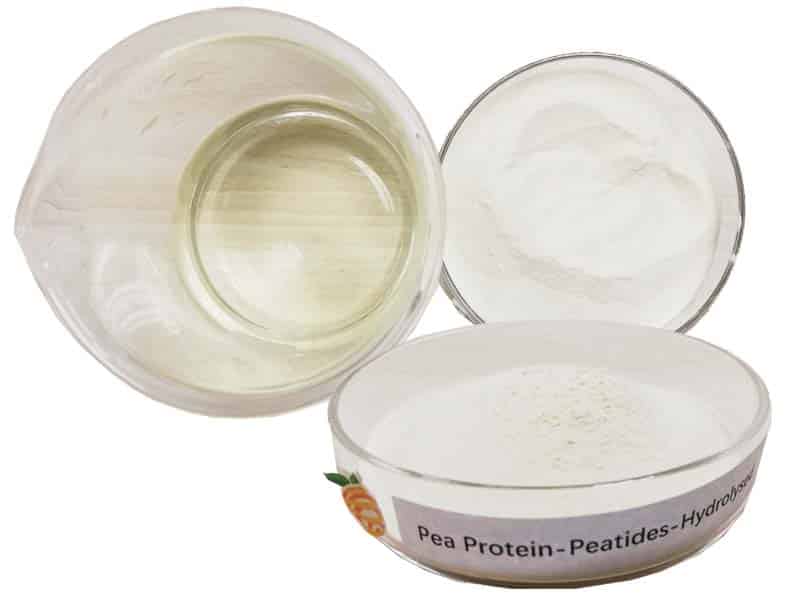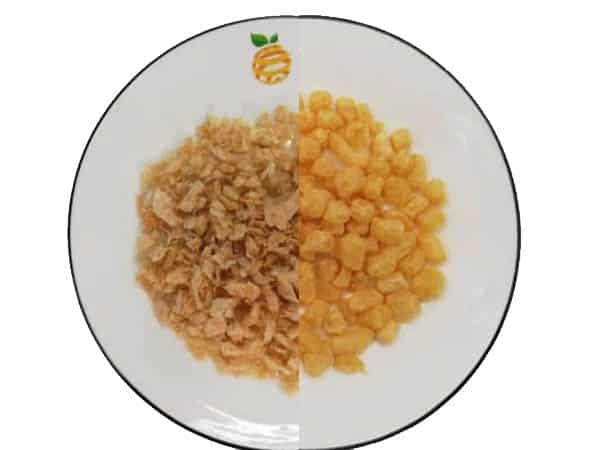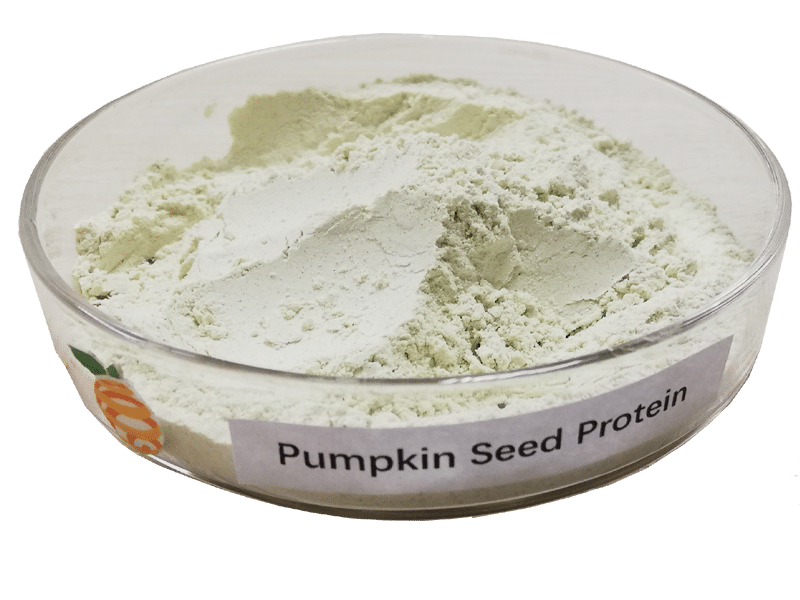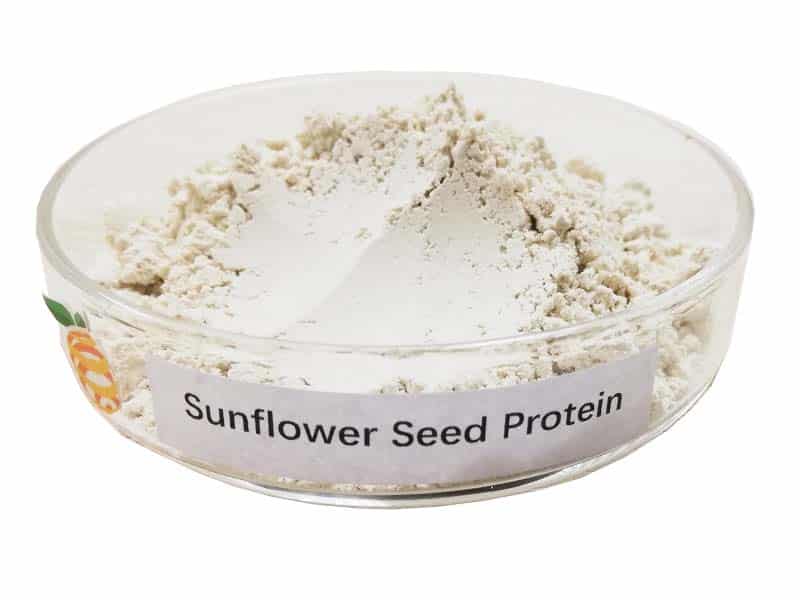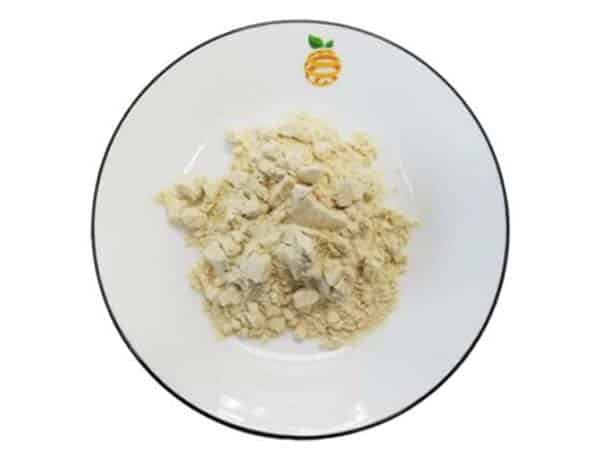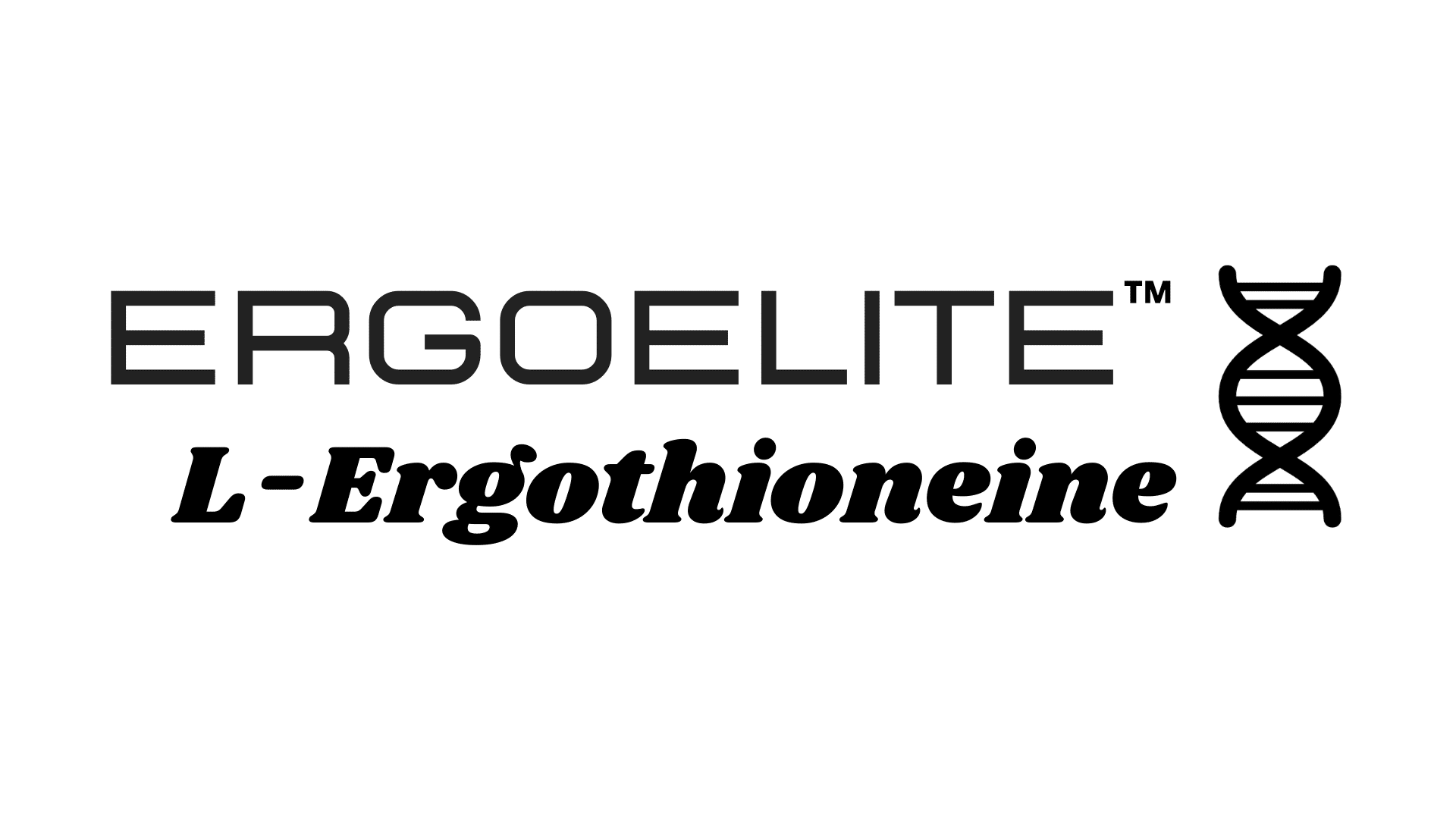Protein Synthesis Concept Map: Visual Guide to Understanding
-
Table of Contents
- Protein Synthesis Concept Map: A Visual Guide to Mastery
- Understanding Protein Synthesis
- The Protein Synthesis Concept Map
- Transcription: From DNA to RNA
- Translation: Decoding the Genetic Message
- Regulation of Protein Synthesis
- Case Studies and Statistics
- Conclusion: Key Takeaways
- Discover ETprotein’s High-Quality Protein Products
Protein Synthesis Concept Map: A Visual Guide to Mastery
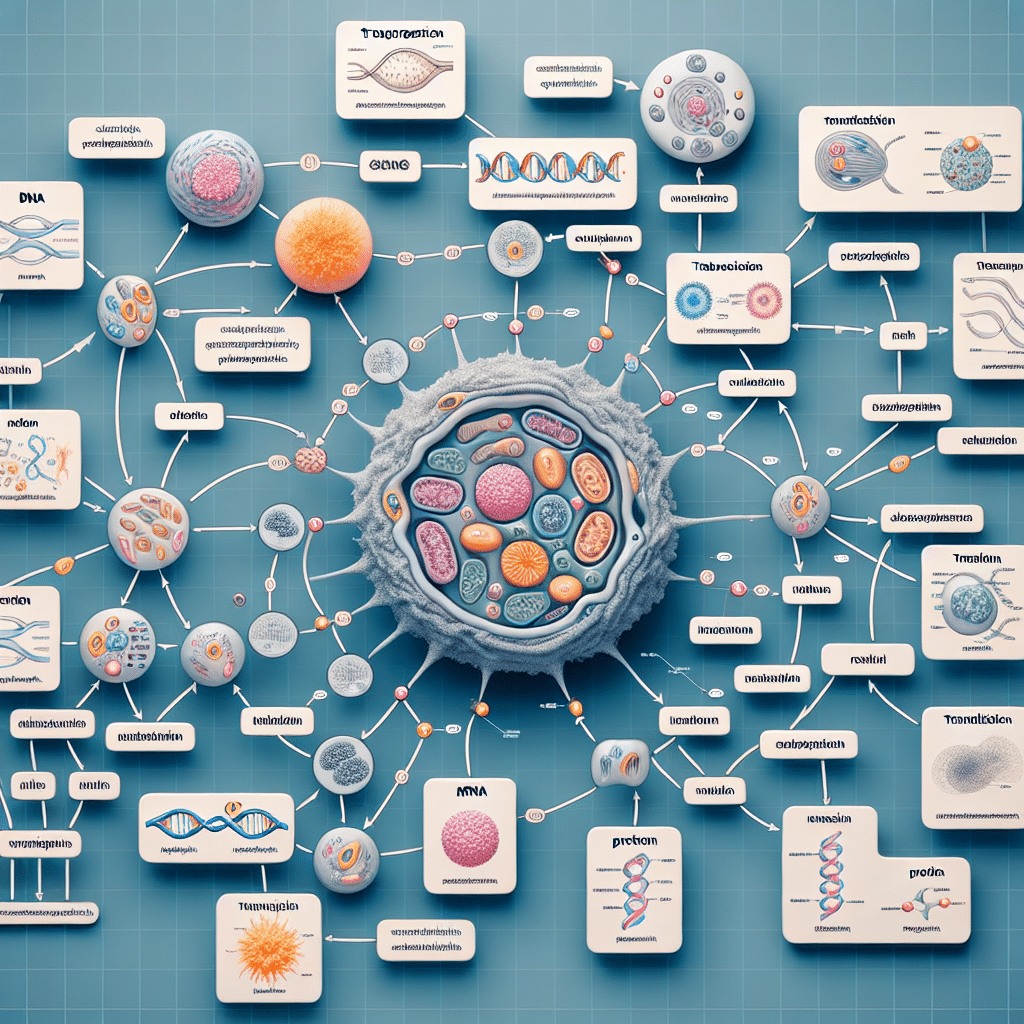
Protein synthesis is a fundamental biological process that underpins the growth, repair, and maintenance of all living organisms. Understanding this complex process can be daunting, but a concept map offers a visual and structured way to grasp the intricate steps involved. In this article, we will explore the protein synthesis pathway through a concept map, providing a clear and comprehensive guide to this essential life process.
Understanding Protein Synthesis
Protein synthesis is the process by which cells build proteins, which are crucial for the structure, function, and regulation of the body’s tissues and organs. Proteins are made up of amino acids that are linked together in a specific order, determined by the sequence of nucleotides in the cell’s DNA. The process of protein synthesis can be divided into two main stages: transcription and translation.
The Protein Synthesis Concept Map
A concept map is a visual tool that helps to organize and represent knowledge. It consists of concepts, usually enclosed in circles or boxes, and relationships between these concepts indicated by a connecting line linking two concepts. Words on the line specify the relationship between the connected concepts. In the context of protein synthesis, a concept map can help clarify the sequence of events and the components involved in this process.
Transcription: From DNA to RNA
Transcription is the first step in protein synthesis, where the DNA sequence of a gene is copied into messenger RNA (mRNA).
- Initiation: Transcription begins when RNA polymerase binds to a specific sequence of DNA known as the promoter.
- Elongation: RNA polymerase unwinds the DNA and assembles a complementary strand of mRNA by matching RNA nucleotides with their DNA counterparts.
- Termination: Once the entire gene has been transcribed, the mRNA strand detaches from the DNA, and the double helix re-forms.
After transcription, the mRNA strand undergoes processing where introns (non-coding regions) are removed, and exons (coding regions) are spliced together. A 5′ cap and a poly-A tail are added to the mRNA to protect it from degradation and to assist in its export from the nucleus.
Translation: Decoding the Genetic Message
Translation is the second stage of protein synthesis, where the mRNA is decoded to build a protein.
- Initiation: The processed mRNA binds to a ribosome, and the translation begins at the start codon (AUG).
- Elongation: Transfer RNA (tRNA) molecules, each carrying a specific amino acid, match their anticodon with the corresponding codon on the mRNA strand. The ribosome helps to form peptide bonds between the amino acids, creating a growing polypeptide chain.
- Termination: When the ribosome reaches a stop codon on the mRNA, the translation process ends, and the newly synthesized protein is released.
The newly formed protein then undergoes folding and, if necessary, post-translational modifications before it can perform its function in the cell.
Regulation of Protein Synthesis
Protein synthesis is tightly regulated to ensure that proteins are produced at the right time, in the right place, and in the right amounts. Various factors can influence this process:
- Availability of resources such as amino acids and energy.
- Environmental signals that can upregulate or downregulate gene expression.
- Post-transcriptional modifications that can alter mRNA stability and translation efficiency.
Case Studies and Statistics
Research has shown that protein synthesis plays a critical role in muscle growth and repair. For example, a study on resistance training demonstrated that muscle protein synthesis rates increased significantly in participants following exercise, leading to muscle hypertrophy over time.
Additionally, certain diseases can disrupt protein synthesis. In cystic fibrosis, for instance, a mutation in the CFTR gene leads to improper folding of the CFTR protein, resulting in its degradation and the absence of functional protein in the cell membrane.
Conclusion: Key Takeaways
Protein synthesis is a vital biological process that involves the conversion of genetic information into functional proteins. A concept map serves as an effective visual aid to understand the complex steps of transcription and translation. By breaking down the process into its components and illustrating the relationships between them, learners can better grasp the intricacies of how proteins are made. This knowledge is not only fundamental to biology but also has practical implications in medicine, fitness, and biotechnology.
Discover ETprotein’s High-Quality Protein Products
If you’re looking for premium protein sources to support your health and dietary needs, consider ETprotein’s range of plant-based protein products. Their extensive selection includes organic rice protein, clear pea protein, and various seed proteins, all of which are non-GMO and allergen-free. Whether you’re involved in sports nutrition, weight management, or simply seeking to enhance your overall wellness, ETprotein offers tailored solutions to meet your protein requirements.
About ETprotein:
ETprotein, a reputable plant protein vegan protein Chinese factory manufacturer and supplier, is renowned for producing, stocking, exporting, and delivering the highest quality organic bulk vegan protein and plant proteins. They include Organic rice protein, clear rice protein, pea protein, clear pea protein, watermelon seed protein, pumpkin seed protein, sunflower seed protein, mung bean protein, peanut protein etc. Their offerings, characterized by a neutral taste, non-GMO, allergen-free attributes, cater to a diverse range of industries. They serve nutraceutical, pharmaceutical, cosmeceutical, veterinary, as well as food and beverage finished product distributors, traders, and manufacturers across Europe, USA, Canada, Australia, Thailand, Japan, Korea, Brazil, and Chile, among others.
ETprotein specialization includes exporting and delivering tailor-made protein powder and finished nutritional supplements. Their extensive product range covers sectors like Food and Beverage, Sports Nutrition, Weight Management, Dietary Supplements, Health and Wellness Products, and Infant Formula, ensuring comprehensive solutions to meet all your protein needs.
As a trusted company by leading global food and beverage brands and Fortune 500 companies, ETprotein reinforces China’s reputation in the global arena. For more information or to sample their products, please contact them and email sales(at)ETprotein.com today.

